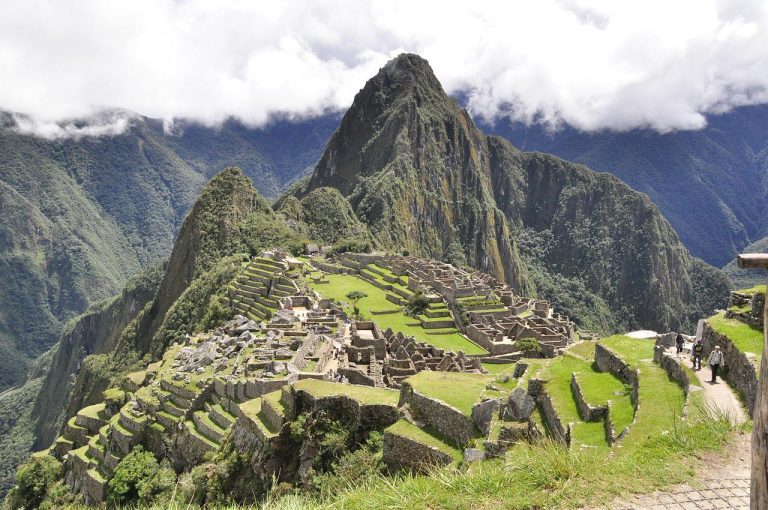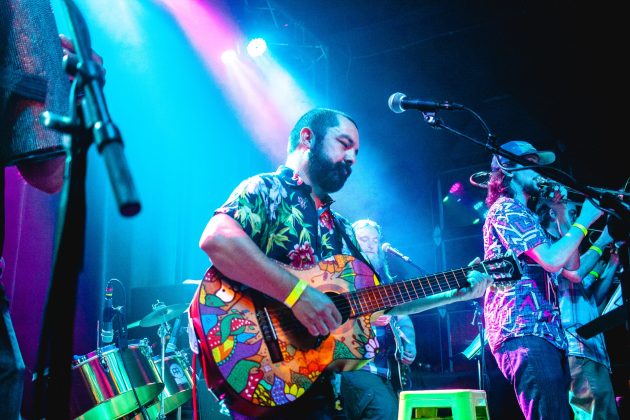
The Roots and Influence of Inca Music and Dance
23 June, 2022When the Spanish arrived in South America in the 16th century, the culture, rituals, and celebrations of the Inca Empire were studied in much detail. These early chronicles described how music and dance played a key role in these activities.
Inherited tradition
The Inca empire was established in the Peruvian highlands in the 13th century and has been described as the final chapter of the ancient Andean civilisations. Records show that musical heritage in the region dates back as far as 5,000 years. The Incas adopted these ancient traditions as part of their culture using flutes, pipes, trumpets, horns, whistles, drums and various other percussion-style instruments in their festivals and rituals. The musical instruments were decorated with artwork and engravings depicting animals and other figures. Music was used for a range of purposes including creating ambient noise during rituals and war, healing the sick, and communicating with the dead. It is clear the Incan people believed in the supernatural properties of music.
Modern influence
As the Incas were inspired by earlier cultures, so the culture of the Incas has continued to inspire modern culture. Inca textiles, metalwork and ceramics are still made today, and the designs and motifs of the era are also incorporated in the work of modern artists, craftspeople, and fashion designers all over the world.
In the world of entertainment, the Inca empire has been referenced on the big screen in films including Secret of the Incas (1954) and The Royal Hunt of the Sun (1969). The 2005 video game Age of Empires III was set in the age of European colonization of the Americas at the time of the Incas. More recently, video slot games such as Inca Gems, Inca Idols and Slingo Inca trail have featured on platforms such as the popular free bingo site Buzz Bingo. These games use the symbols and music of the Inca period to bring a mysterious Andean atmosphere to online players.
Musical fusion
It’s not just video games that have brought elements of Andean music and culture to new audiences. In the 1960s, Chilean band Los Jaivas fused Andean music with progressive rock during the movement known as “nueva canción.” More recently, the American rock band Xixa took inspiration from Peruvian Chicha and Cumbia music, which evolved out of the meeting of cultures in the region. The music of the Andes has been mixed with psychedelic rock, progressive rock, surf rock over the years to create new and exciting sounds.

One of the best exponents of fusion Andean folklore music today is Martín Guerra. In 2021, the Peruvian artist, now based in Madrid, released Temporada de Pesca. The album mixes Latin American folk with Afro-Peruvian rhythms and jazz structures. His inspirations range from Tom Waits to Argentine folk musician Atahualpa Yupanqui, who was originally born Héctor Roberto Chavero Aramburu but named himself after two Inca emperors.
According to the encyclopaedia Britannica, the descendants of the Inca empire make up around 45 percent of the population of Peru. The Quechua-speaking population of the Andes ensure that many traditional aspects of the culture remain alongside the more modern fusions of Inca music and art.
Follow Sounds and Colours: Facebook / Twitter / Instagram / Mixcloud / Soundcloud / Bandcamp
Subscribe to the Sounds and Colours Newsletter for regular updates, news and competitions bringing the best of Latin American culture direct to your Inbox.

